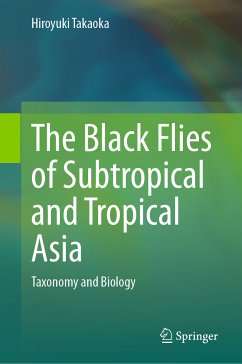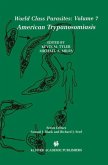The book has two aims, academic and practical. Introduction provides the general information on the biology and effects on human and animal health and welfare of black flies and introduces the unique characteristics of the black fly fauna in this region. Chapter 2 proposes a classification scheme for all 675 named and 44 unnamed species of Oriental black flies, which are placed 11 subgenera and 36 species-groups of the genus Simulium. In Chapter 3, synoptic accounts are given for their distribution, bionomics, and taxonomic comments of all the species. In Chapter 4, the faunas of black flies in 15 countries or areas [India, Nepal, Bhutan, Sri Lanka, Myanmar, Thailand, Peninsular Malaysia, Borneo, Sunda Archipelago (Sumatra, Java, Bali, Lombok, Sumbawa, Flores and Timor), East Indonesia (Sulawesi, Maluku Islands and Irian Jaya), Vietnam, Philippines, Taiwan, South China, Nansei Islands (Japan)], are overviewed, and species lists and identification keys for females, males, pupae and larvae, are constructed. Ninety-eight figures of 1,691 line-drawings highlight various unique morphological characteristics of most subgenera and species-groups.
Chapters 2 and 3 are academically essential for medical or biological scientists and students to study black flies. Keys to identify species in 15 countries or areas in Chapter 4 are of practical use for health workers for the control of insects of medical and veterinary importance, as well as for ecologists for the study of aquatic invertebrates. Many novel morphological characteristics illustrated in the figures appeal to readers and show the importance of biodiversity of natural terrestrial ecosystems. Contents of this book resulted from the author's taxonomic review of all 719 Oriental species of black flies, with reference to 486 publications.
Dieser Download kann aus rechtlichen Gründen nur mit Rechnungsadresse in A, B, BG, CY, CZ, D, DK, EW, E, FIN, F, GR, HR, H, IRL, I, LT, L, LR, M, NL, PL, P, R, S, SLO, SK ausgeliefert werden.









